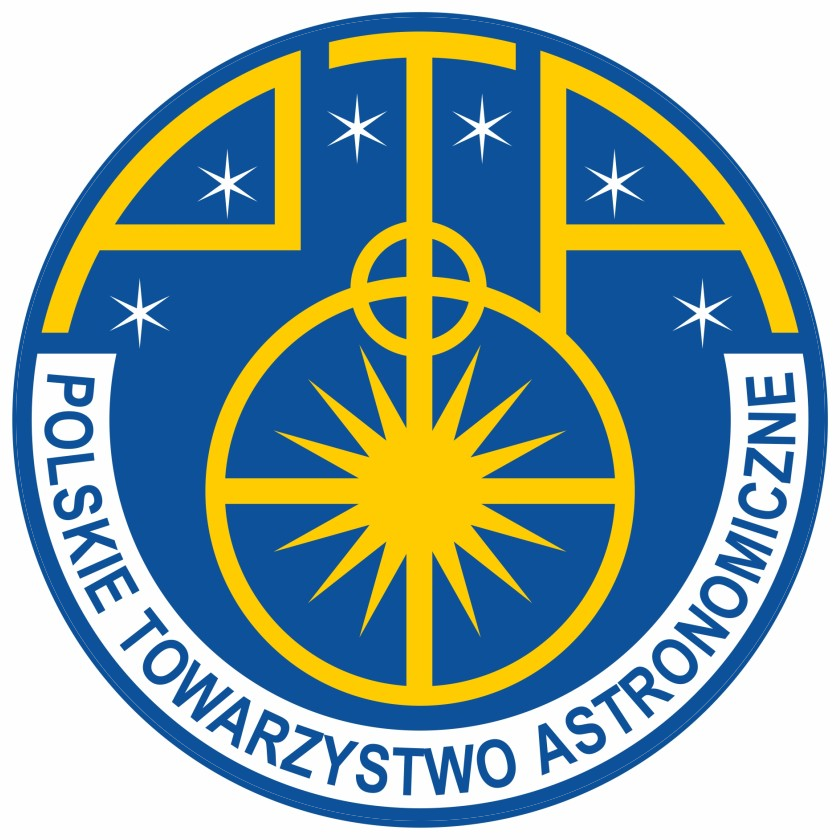Paweł Swaczyna
Centrum Badań Kosmicznych PAN
Sesja II: Słońce i heliosfera
Wtorek 12.09.2023 9:30 – 10:00
abstrakt:
The solar wind emitted from the Sun carves out a cavity in the interstellar plasma called the heliosphere, which extends more than 100 au from the Sun.
While the heliosphere shields the solar system from most interstellar charged particles, interstellar neutral atoms flow through the heliosphere. Since late 2008, Interstellar Boundary Explorer (IBEX) directly samples these atoms from an Earth orbit, allowing for the study of the physical conditions in the interstellar medium. Interpreting these observations requires a careful analysis of ionization and filtration processes operating in the heliospheric boundaries.
The bulk velocity of the interstellar medium derived from these observations is intermediate between the velocities of the two nearest warm, partially ionized interstellar clouds identified using high-resolution spectroscopic observations of absorption lines in the UV spectra of nearby stars measured by the Hubble Space Telescope. This indicates that the Sun is inside a mixed interstellar cloud medium (MICM) formed in the collision of these two clouds.
The MICM also explains the higher interstellar neutral hydrogen density near the Sun and higher absorption from ISN hydrogen found along the lines of sight to two nearby stars (AD Leo and HD 82558). Further observations of interstellar atoms and absorption lines should allow us to study processes occurring in the interaction zones between two interstellar clouds.
